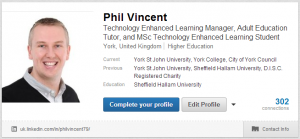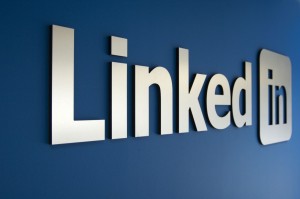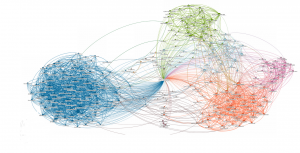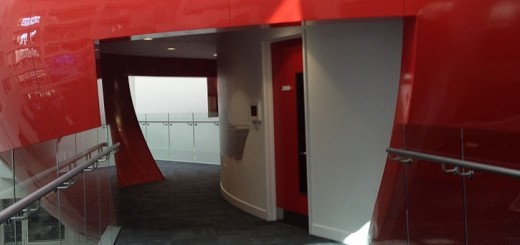Learning at Work Week: LinkedIn
What is LinkedIn?
LinkedIn is the worlds largest professional network – with over 300m users!
Individuals use LinkedIn for professional networking, connecting, and job searching – LinkedIn members can search for jobs, join groups, research companies, and network with members of their network.
Tips for using LinkedIn
 It’s important to be sure that your LinkedIn profile is complete and detailed. In fact, you can consider your LinkedIn profile your online CV. It should have all the same information that is on your CV including your qualifications, your experience, and your skills.
It’s important to be sure that your LinkedIn profile is complete and detailed. In fact, you can consider your LinkedIn profile your online CV. It should have all the same information that is on your CV including your qualifications, your experience, and your skills.
You can add a photo to your LinkedIn profile, make sure the photo represents the professional you and isn’t too casual. According to LinkedIn, adding a profile picture makes your profile seven times more likely to be viewed by others.
Don’t forget to make your profile public – that’s how the world can find it (although you may want to keep it private until you are ready to share it). Also, customising your URL will give you a link that’s easy to share. If your name/vanity URL is available use it. My LinkedIn URL, for example, is http://uk.linkedin.com/in/philvincent79/
You can add your LinkedIn URL to your email signature, or if you have your own personal website or blog, you can promote your personal LinkedIn presence and help grow your professional network by adding a Profile Badge that links to your public LinkedIn profile.
The Summary section of your LinkedIn profile is a great way to highlight your experience – think about key words that you would use in a search and use them in your profile so people can find you. Look for other people in your field and see which words they have used, avoid overused buzzwords: Top 10 Overused LinkedIn Profile Buzzwords of 2013 [INFOGRAPHIC]
 Aim for 100% completion of your profile, an incomplete profile looks unprofessional and untidy. Click the ‘Edit Profile’ button to make changes, or the ‘Improve/Complete your profile’ button to see suggestions on how to develop your profile.
Aim for 100% completion of your profile, an incomplete profile looks unprofessional and untidy. Click the ‘Edit Profile’ button to make changes, or the ‘Improve/Complete your profile’ button to see suggestions on how to develop your profile.
Include your skills, expertise, experience, and don’t forget to include any volunteering experience – your skills and expertise can be publicly endorsed by valued connections, these endorsements then show up on your profile within that same Skills & Expertise section.
Use the Additional Information section of your LinkedIn profile to include links to your company, your website, your blog, your Twitter account, and/or to other sites that provide professional information about you.
LinkedIn allows you to add a variety of media such as videos, images, documents, links, and presentations to the Summary, Education, and Experience sections of your LinkedIn profile. This enables you to showcase different projects, provide samples of your work, and better optimise your profile.
Take time to request LinkedIn recommendations. Recommendations from people you have worked with carry a lot of weight. To a potential employer, a LinkedIn recommendation is a like a reference in advance. The best way to receive a recommendation is to give/write some yourself.
Join relevant Groups – engage in discussion topics and answer questions in your specialism – consider creating your own Groups if a gap exists. Check Groups out before you join them – view the group’s demographics, such as the breakdown of the group members’ seniority, where they’re located, the industries they’re in, and more. You can also see how active the group members are and browse the group’s growth.
Build your connections organically, think quality not quantity!
Other Tools
 LinkedIn Resume Builder – generate a CV from your LinkedIn profile with just a couple of clicks.
LinkedIn Resume Builder – generate a CV from your LinkedIn profile with just a couple of clicks.
LinkedIn Maps – visualise & explore your LinkedIn connections.
DropIn – take a break from work and play LinkedIn Tetris.
How do you use LinkedIn? What tips/advice would you give other users?
Phil


